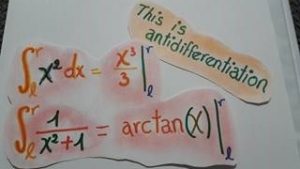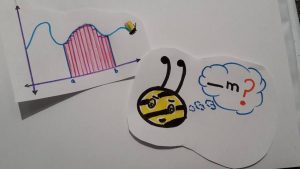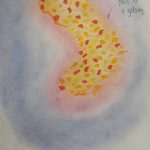When we heard the word “integration” we usually think about the symbol with upper and sub-script numbers and we associate the term “integration” to the process of solving the whole expression. The first thinking is incorrect since the symbol is only a representation of the whole operation. For the second idea, the whole process involves a bunch of mathematical reasoning that is a combination of antidifferentiation and integration. But thinking deeper about the concept of integration and the definition of Riemann Sums, we infer that integrate is finding the area under a certain curve using either good approximations as a Riemann sum do or a more “powerful tool”.

At this point, it is when antidifferentiation appears: it consists in looking for an expression (this means an equation) to integrate a function. Once we have the expression written as an equation, then the prior mentioned “powerful tool” is used: The Fundamental Theorem of Calculus helps us to describe the area under a given the curve. But we only explained how antidifferentiation works, not why it is important: well, the FTC requires antiderivatives to work.
In MATH 100 we have learned how to differentiate; this term can give us a hint to follow at the moment of thinking about antidifferentiation. As simply as it sounds, antidifferentiation is the opposite of differentiate. If we remember the concept of differentiation, it will come to our minds: a method to find the slope of the tangent line of a curve using mathematical equations (the power rule gives us the easiest way to obtain a derivative: reduce the exponent of a function by 1 and multiply by the exponent we had before subtracting) which can be reversed to get the first expression, but doing this means antidifferentiation which is closely related to integrals. Students usually relate these concepts to the word derivative and besides we as students did it. But the problem comes when students think that integral and differential calculus are opposite processes, they might be though. However, they conflate the concepts when they relate everything about derivatives and everything about integrals enclosed in these two words. Then everything about antidifferentiation and integration (join the both concepts in the same perception) and then they usually forget the principal idea behind integration.


